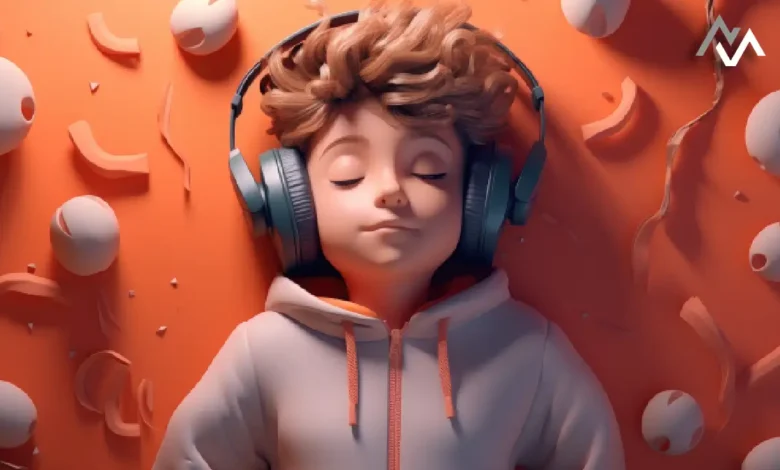How the Brain Sequences Behavior Like a Music Box

The brain has a remarkable way of organizing behaviors into structured sequences, resembling a “music box” that plays a melody. Researchers from the University of Oxford and University College London recently discovered specific cells in the medial frontal cortex that create “behavioral coordinates,” helping organisms keep track of actions and progress toward goals. This groundbreaking discovery offers insights into how the brain orchestrates complex activities, from daily tasks to problem-solving.
How the Brain Sequences Actions
At its core, the study shows that certain brain cells operate as a sort of GPS, marking where we are in an action sequence. This intricate mapping of behavior was observed in mice, whose brains were tracked as they completed structured sequences of goals. Researchers found that the brain effectively divides tasks into “subgoals” and tracks progress towards both intermediate and overall objectives. This is similar to following a recipe, where each step builds toward a completed dish.
These findings suggest that these “progress-mapping” cells help us generalize learned behaviors to new tasks. When exposed to enough repetitive patterns, the mice were able to predict upcoming actions in sequences they hadn’t fully experienced before. This adaptive ability showcases the brain’s sophisticated mechanism for planning and executing behaviors.
The “Music Box” Analogy
The research team likens this system to a music box, capable of playing various sequences with precision. Like the mechanical gears and pins that strike notes on a music box, the brain’s “coordinate cells” fire at specific points, signaling progress along an action path. This analogy highlights how the brain’s circuits, though fixed, can be flexibly adjusted to create and navigate different action sequences, much like a tune that can be altered to create a new melody.
This unique behavioral sequencing mechanism has profound implications for understanding higher cognitive functions, including planning, reasoning, and adaptation. It’s particularly useful in exploring psychiatric conditions such as schizophrenia, where individuals often struggle to measure progress or navigate complex tasks effectively.
Research Methods and Findings
To uncover these insights, scientists used silicon probes to record the neural activity of mice as they navigated a sequence of goal locations. This enabled researchers to monitor individual cells’ firing patterns and observe how they adapted to changes in the task. The cells mapped the mouse’s position within the task sequence, activating at specific points, such as “70%” towards a goal. This mapping of behavioral progress occurred independently of the physical distance of the goal.
These findings provide a foundational understanding of how brain cells “play” through sequences of behavior, organizing them into structured patterns that can be replayed or adapted. The adaptability of this system illustrates the brain’s powerful role in making sense of the world through learned patterns, allowing organisms to infer steps and goals in new situations by drawing on prior knowledge.
Implications for Mental Health Research
The implications of this discovery reach beyond neuroscience, especially in the context of mental health. Researchers are collaborating with psychiatrists to explore how these insights can improve understanding and treatment of disorders like schizophrenia. By observing how behavioral sequencing goes awry in such conditions, scientists hope to design better therapies or interventions to support cognitive functions like task progression and goal-setting.
Furthermore, understanding how the brain structures behaviors could improve treatments for conditions involving motivation and task management, potentially offering ways to retrain or reinforce these neural pathways in people with executive function challenges.
A New Chapter in Behavioral Neuroscience
This research opens exciting avenues in cognitive neuroscience, shedding light on the cellular basis of complex behaviors and learning processes. As scientists delve deeper into these behavioral sequences, they aim to uncover how this system adapts and transforms during new learning experiences. Future studies may reveal even more about how our brains balance familiarity with novelty, applying known patterns to new challenges.
With this “music box” model, the researchers provide a compelling analogy for how brains achieve complex, adaptable behaviors with remarkable efficiency. This breakthrough could be instrumental in developing new techniques to manage cognitive disorders, unlocking further mysteries of human and animal cognition.




